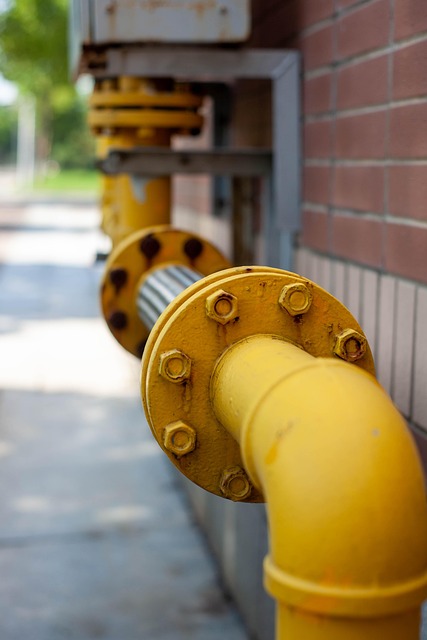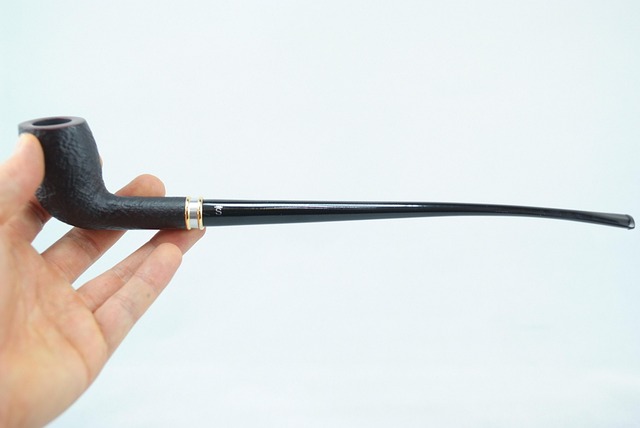To prevent frozen pipes during cold weather, use heat tape or pipe insulation. Heat tape provides temporary, DIY-friendly direct heat to interior pipelines, while pipe insulation creates a physical barrier for long-term protection. Consider insulation for exterior pipes in frequent sub-zero weather or heat tape for quick, easy installation based on your home's needs and budget.
Keeping your home’s pipes from freezing is essential, especially in colder climates. This guide delves into the effective solutions for preventing frozen pipes, focusing on heat tape and pipe insulation. Understanding the causes and risks of frozen pipes is the first step. We then compare these two common methods, examining their pros and cons. By the end, you’ll know how to choose the best solution tailored to your home’s needs, ensuring peace of mind during winter. Learn how to prevent frozen pipes effectively.
- Understanding Frozen Pipes: Causes and Risks
- Comparing Heat Tape and Pipe Insulation
- Choosing the Right Solution for Your Home
Understanding Frozen Pipes: Causes and Risks

Frozen pipes are a common problem during cold weather, caused by water within pipes cooling and freezing solid. This can lead to various issues, from pipe bursts and water damage to potential structural damage in extreme cases. Understanding the causes is key to implementing effective prevention strategies.
Several factors contribute to frozen pipes, including temperature drops below the freezing point of water (32°F or 0°C), inadequate insulation, poor pipe placement (like exposed or uninsulated pipes in attics or exterior walls), and reduced water flow. Risks increase with prolonged cold snaps, as do the potential consequences for homes and businesses. Knowing these causes is crucial when deciding between heat tape and pipe insulation as solutions to prevent frozen pipes.
Comparing Heat Tape and Pipe Insulation

When it comes to keeping your pipes from freezing during cold weather, both heat tape and pipe insulation offer effective solutions, but they work in slightly different ways. Heat tape is designed to directly warm the pipe, creating a continuous current of hot air around it. This makes it ideal for temporary or DIY installations, as it’s easy to apply and remove, perfect for pipes that only need occasional protection.
On the other hand, pipe insulation provides a physical barrier against extreme temperatures, trapping heat inside to prevent cold from penetrating. It’s more durable and suitable for long-term use, making it the better option if you’re looking for a permanent solution to how to prevent frozen pipes. Pipe insulation comes in various materials, including fiberglass, foam, and mineral wool, each with its own R-value rating, indicating its thermal resistance and effectiveness.
Choosing the Right Solution for Your Home

When it comes to keeping your home warm during chilly winters and preventing frozen pipes, selecting the right solution is essential for effective insulation. Heat tape and pipe insulation are two commonly used methods, each with its advantages. Understanding which one suits your needs best requires considering factors like temperature ranges in your region, the accessibility of pipes, and your budget.
For exterior pipes exposed to freezing temperatures, pipe insulation provides a reliable barrier. It’s an excellent choice if you live in areas with frequent sub-zero weather. On the other hand, heat tape is more versatile and suitable for interior pipelines. It offers direct heat to pipes, making it efficient for preventing freezes without having to insulate every inch of piping. How to Prevent Frozen Pipes? Choose heat tape for easy installation and quick results or opt for pipe insulation for long-term protection against extreme cold, depending on your home’s specific needs.
When it comes to safeguarding your plumbing system from freezing temperatures, both heat tape and pipe insulation offer effective solutions. Heat tape is a direct heat source that warms pipes, making it ideal for temporary or spot treatments. Pipe insulation, on the other hand, provides long-lasting protection by creating an insulating barrier around pipes. To prevent frozen pipes, consider your climate, pipe exposure, and budget. For temporary fixes or supplemental heat, heat tape might be sufficient. However, for comprehensive protection in harsher conditions, pipe insulation is the better choice. By choosing the right method, you can ensure your pipes remain thawed and your home’s plumbing system remains intact during cold weather.
